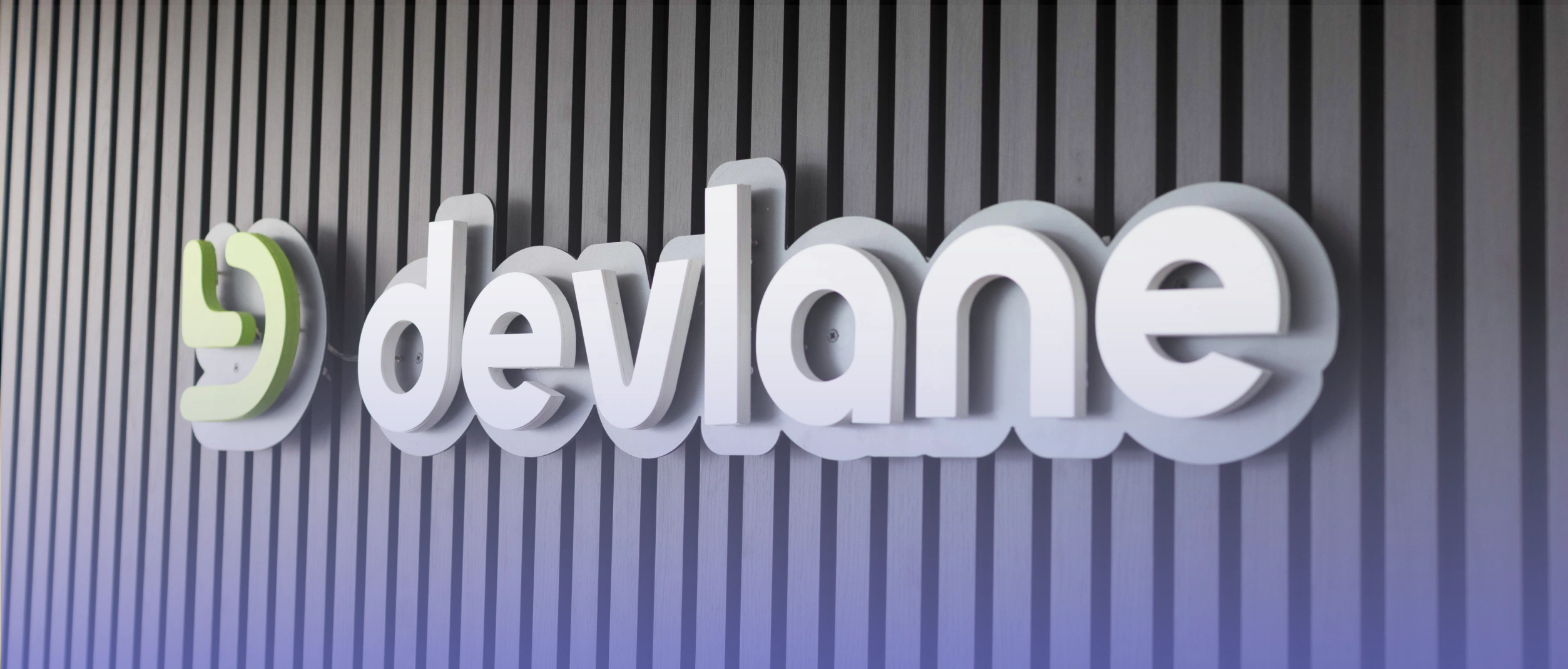Choosing the Right API Architecture: An In-Depth Analysis

In this article, we will explore some of the most popular API architecture styles that drive technological innovation and enable the creation of robust and scalable applications.
From RESTful to GraphQL and beyond, we'll discover the distinguishing characteristics of each style and how choosing exemplary architecture can make a significant difference in the success of a software development project.
gRPC
The gRPC architecture (Google Remote Procedure Call) is an inter-application communication system that allows different program parts to communicate efficiently and reliably.
Here are some of its key features in a simple way:
- Communication Protocol: gRPC uses the HTTP/2 protocol as a basis for communication, meaning it can send and receive data faster and more efficiently than other methods.
- Language Agnostic: Can be used with various programming languages, facilitating communication between different parts of an application written in other languages.
- Definition Interface: Defines a clear and structured interface using a protobuf definition file, which specifies how applications should communicate.
- Multiplexing: Allows multiple requests and responses to be sent over a single connection, reducing latency and resource consumption.
- Streaming: Supports real-time data streaming, useful for use cases like online chat, video streaming, or real-time notifications.
gRPC is an efficient and versatile communication architecture that uses HTTP/2 and adapts well to various programming languages. This makes it suitable for building distributed systems and applications that require fast and reliable communication.
SOAP
The SOAP architecture (Simple Object Access Protocol) is a communication protocol used in web applications to send and receive messages between different systems in a structured way.
Here are some of its key features in a simple way:
- XML Based: SOAP uses XML markup language to format messages, making them readable by humans and machines.
- Protocol Independent: It can work on different transport protocols, such as HTTP, SMTP, TCP, etc., which makes it versatile in terms of communication.
- Rigid Structure: SOAP messages have a predefined structure with elements such as headers and bodies, ensuring communication consistency.
- Strongly Typed Interface: SOAP allows you to describe the structure of messages and services in a language called WSDL (Web Services Description Language), which makes it easier to understand how to interact with a web service.
- Security: SOAP offers built-in security options such as WS-Security to protect transmitted data.
- Synchronous Processing: In its most common form, SOAP follows a synchronous communication approach, where the client waits for a response from the server before continuing.
SOAP is a structured communication protocol that uses XML and can operate over various transport protocols. It provides a secure, well-defined way to exchange data between applications and systems, often used in enterprise web services and applications that require structured and fast communication.
GraphQL
The GraphQL architecture (Graph Query Language) is a data query system used in web applications to request and obtain the exact information a server needs.
Here are some of its key features in a simple way:
- Precise Queries: GraphQL allows clients to request only the specific data they need, avoiding data bloat and improving performance.
- Strong Typing: GraphQL uses a type system that clearly defines the structure of the available data, making it easier to understand and validate queries.
- Unification of Data Sources: You can obtain data from multiple sources, such as databases, web services, and more, in a single query, simplifying data integration.
- Single Access Point: Provides a single access point for queries, making API management and security more accessible.
- Data Graphs: Represents data as a graph, allowing you to efficiently query complex relationships between objects and obtain nested data.
- Controlled Evolution: Allows changes to be made to the API structure without affecting existing clients, making it easier to evolve the API over time.
GraphQL is a data query architecture that offers flexibility, efficiency, and accuracy when requesting server information. It is beneficial in applications where you need to access data efficiently and personally, such as mobile applications and interactive websites.
Webhook
The webhook architecture is a communication system in which one application automatically sends data to another when a specific event occurs.
Here are some of its key features in a simple way:
- Events and Notifications: Webhooks send real-time notifications when a significant event occurs in an application, such as a new message or a status update.
- Client-Server: Webhooks are based on a client-server relationship, where one application acts as the client that receives the notifications, and another application (or web service) serves as the server that sends the data.
- Event-Triggered: Webhooks are automatically triggered when a specific event occurs, saving time and resources compared to continuously querying data.
- Used in Integrations: These are standard in-app and service integrations, such as notifying a chat app about new messages or a sales tracking app about new purchases.
- Simple Implementation: Implementation of webhooks is usually straightforward, with few technical steps to configure communication between applications.
- Personalization: Webhooks allow applications to receive specific and personalized data based on their needs, making them flexible.
Webhooks are an architecture that allows automatic communication between applications when important events occur. They help update applications and services in real time and facilitate integration between different systems.
REST
REST (Representational State Transfer) architecture is a design style for web communication systems.
Here are some of its key features in a simple way:
- Resource-Based: REST models everything as resources (for example, data or services), which can be accessed via URLs (Uniform Resource Locators).
- CRUD Operations: You can perform standard CRUD (Create, Read, Update, Delete) operations on these resources using HTTP methods (GET, POST, PUT, DELETE).
- Stateless: Each request from the client to the server must contain all the information necessary to understand and process that request. The server does not save state information between requests.
- Uniform Interface: Uses a consistent interface to interact with resources, simplifying communication and facilitating understanding.
- Representation: Resources can be represented in different formats, such as JSON or XML, allowing flexibility in data transmission.
- Platform Independence: REST is platform independent and adapts well to web, mobile applications, and other distributed systems.
- Scalability: It is scalable and is widely used on the web to build robust, high-performance systems.
REST is a resource-based web design architecture style that uses standard HTTP operations and focuses on simplicity, scalability, and platform independence for communication between systems on the web.
WebSocket
The WebSocket architecture is a real-time, bidirectional communication protocol used in web applications to establish persistent connections between the client and the server.
Here are some of its key features in a simple way:
- Persistent Connection: Unlike HTTP, a request-and-response-based communication, WebSocket maintains an open connection between the client and the server, allowing continuous, bidirectional communication.
- Low Latency: WebSocket minimizes latency by sending data immediately in both directions, making it ideal for real-time applications such as chats and online games.
- Binary and Textual Protocol: It can transmit binary data and text, making it versatile for various applications.
- Efficiency: WebSocket reduces communication overhead compared to repeated HTTP requests, resulting in more efficient communication and less bandwidth consumption.
- Security: You can use secure connections (WebSocket Secure or WSS) to protect information transmitted over encrypted channels.
- Wide Adoption: WebSocket is widely supported and used in various web applications and real-time services.
WebSocket is a real-time communication architecture that provides persistent, bidirectional connections with low latency. It benefits applications requiring instant updates, such as online chats, notifications, and real-time data transmission.
AMQP
The AMQP (Advanced Message Queuing Protocol) architecture is a messaging protocol used in distributed communication systems to transmit messages between applications reliably.
Here are some of its key features in a simple way:
- Message queues: AMQP is based on message queues, where applications can send messages to a queue, and other applications can receive them in an orderly manner.
- Interoperability: An open and widely accepted standard allows communication between systems and programming languages.
- Reliable and Durable: AMQP guarantees message delivery, meaning messages are not lost in the sending and receiving process. It can also manage durable message queues that survive system reboots.
- Publish/Subscribe: In addition to queues, AMQP supports publish/subscribe patterns, where multiple subscribers can receive copies of a message.
- Advanced Routing Enables flexible routing of messages across exchanges, facilitating selective distribution of letters to specific queues.
- Security: Provides authentication and encryption options to protect communication between applications.
- Scalability: AMQP is scalable and is commonly used in high-availability systems and large message volumes.
AMQP is a reliable messaging protocol used to send and receive messages between applications in an orderly and secure manner. It is instrumental in applications where message reliability and persistence are critical, such as message queuing and distributed communication systems.
MQTT
Finally, we have the MQTT (Message Queuing Telemetry Transport) architecture, a lightweight and efficient communication protocol designed to transfer messages between devices in IoT (Internet of Things) networks and real-time communication applications.
Here are some of its key features in a simple way:
- Subscribe and Publish: MQTT is based on the subscribe and publish model, where devices can publish messages to "topics," other interested devices can subscribe to these topics to receive the relevant messages.
- Bandwidth Efficiency: MQTT is highly efficient in bandwidth usage, making it suitable for resource-constrained devices, such as sensors in IoT.
- Quality of Service (QoS): It offers an adjustable rate of service levels (0, 1, and 2) that allow you to control the reliability and delivery of messages, adapting to the application's specific needs.
- Lightweight Protocol: MQTT uses a lightweight protocol that minimizes network overhead and power consumption on devices, which is crucial in IoT applications.
- Message Retention: Published messages can be retained on an MQTT server, allowing devices connecting later to retrieve previous messages.
- Persistent Connection: Devices can maintain continuous connections with the MQTT server, facilitating real-time communication without repeated connections.
- Security: MQTT may use additional security layers, such as TLS/SSL, to protect device communication and authentication.
MQTT is a lightweight, efficient communication architecture designed for IoT networks and real-time applications.
Its publish-subscribe model and resource efficiency make it ideal for connecting and controlling distributed devices in IoT environments and real-time communication systems.
Conclusion
We have briefly explored some of the most relevant communication architectures today, such as REST, GraphQL, WebSocket, Webhook, SOAP, and MQTT. Each of these architectures has its characteristics and advantages and is essential for different applications and systems.
In future posts, we will explore these architectures, their implementations, specific use cases, and best practices.
Stay tuned to learn more about how these architectures can boost the performance and efficiency of your applications and systems.
Other Blog Posts

What 2025 meant for Devlane: A year of growth and innovation







